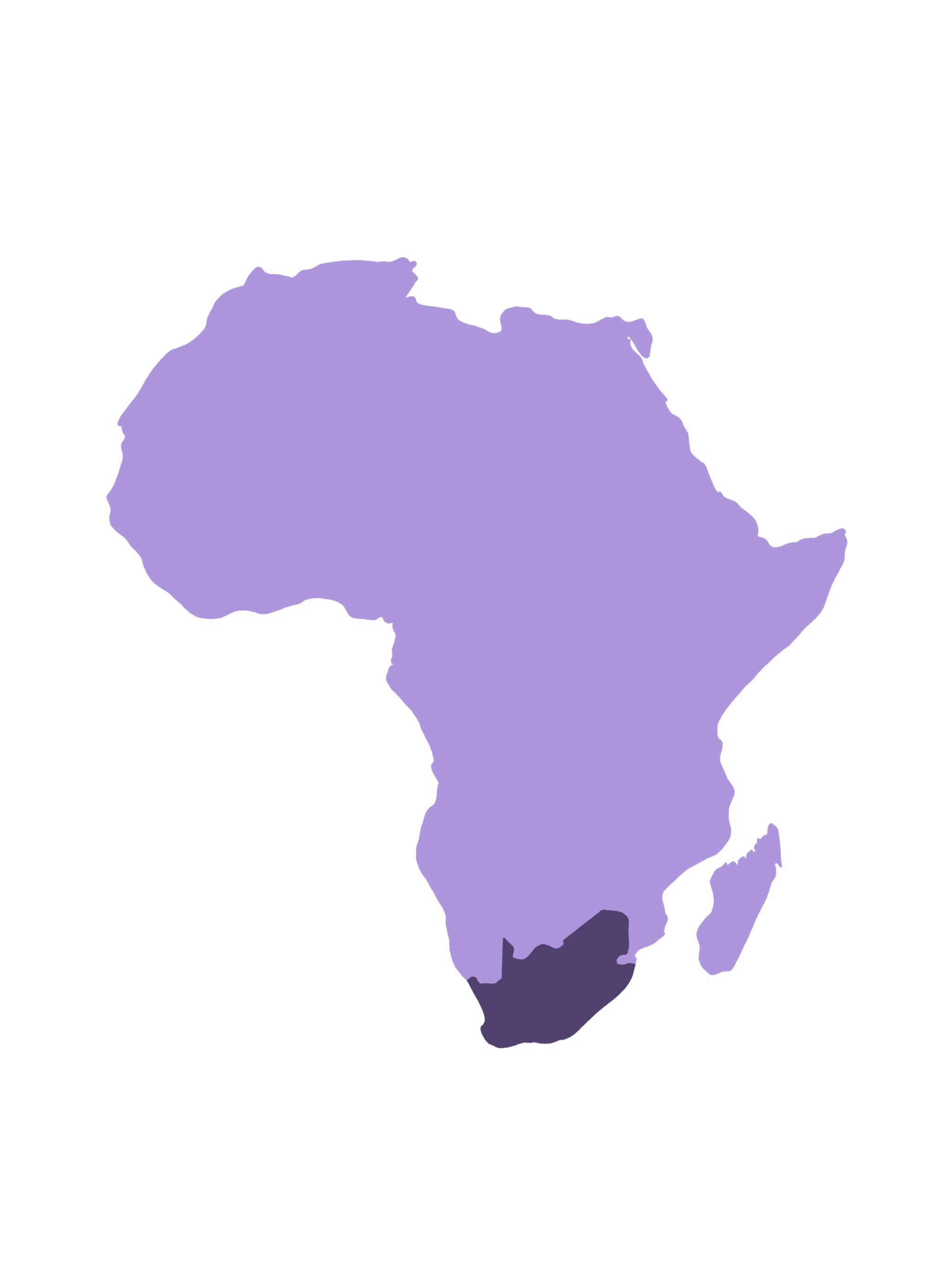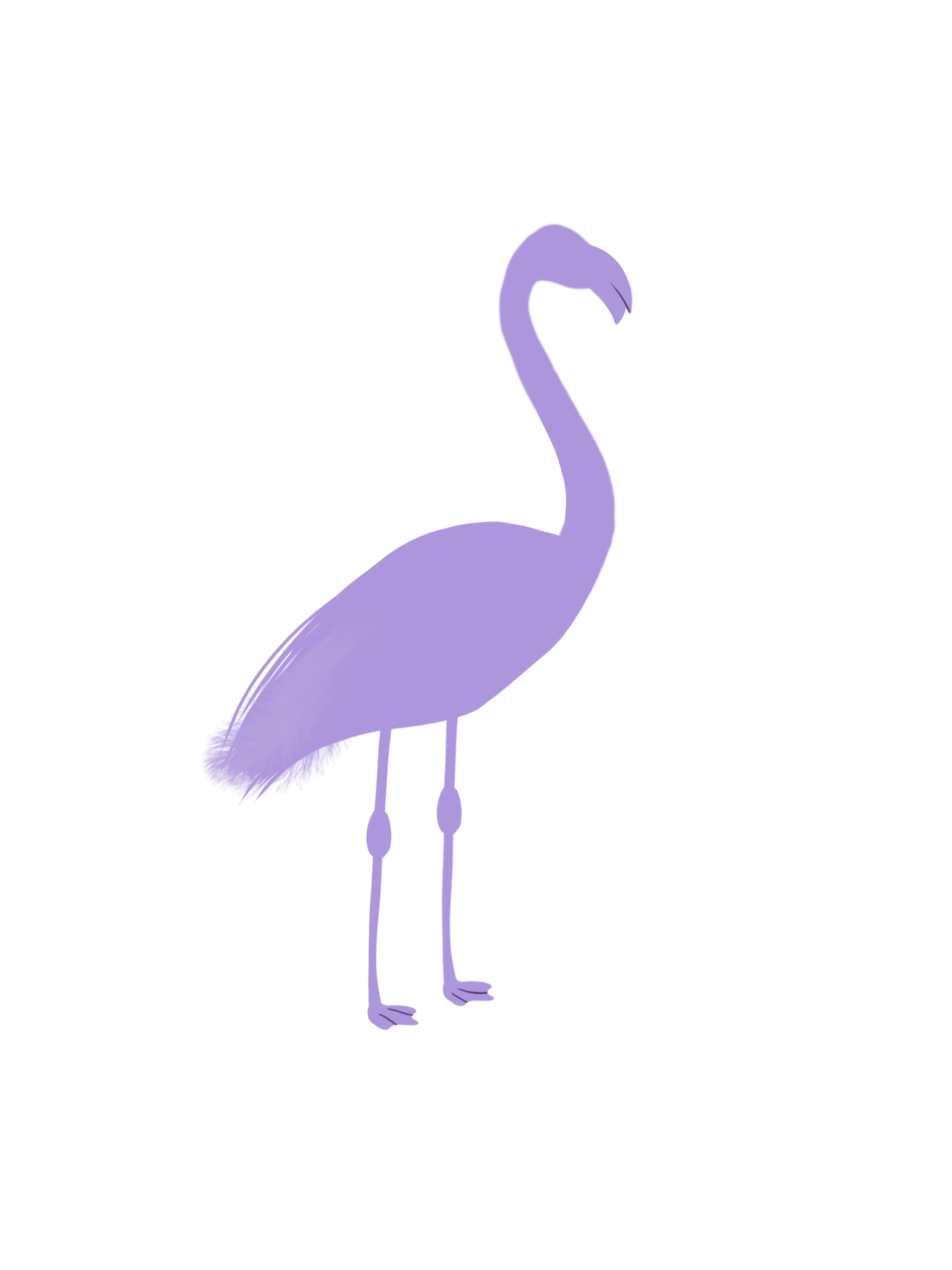Explanation of the table
Water Conservation Value is a measure of how important a wetland is for the population of waterbirds. A site can be important because it hosts a great proportion of a single species, or large proportions of many species. A large value means that the wetland is important for waterbird populations. The value can change over time to show trends.
Waterbird Conservation Value categories
| Index | Range | Description |
|---|---|---|
| Low | 0-10 | Site may support threshold populations for a few species; conservation value is low |
| Medium | 11-24 | Site supports important threshold populations for some species; conservation value is medium |
| High | 25-49 | Site supports important threshold populations for numerous species; conservation value is high |
| Very high | 50+ | Site supports significant threshold populations for numerous species; conservation value is significant |
Explanation of the Ramsar criterion
Ramsar Criterion 2 identifies sites that support Critically Endangered, Endangered and Vulnerable species (all of which are considered to be threatened species [TSP]), including waterbirds.
Ramsar Criterion 4 identifies sites which provide critical life stage support to species, including waterbirds.
Ramsar Criterion 5 identifies sites that regularly support 20,000 or more waterbirds.
Ramsar Criterion 6 identifies sites that regularly support 1% of the individuals in a population of one species or subspecies of waterbird.






 Ramsar and Waterbirds
Ramsar and Waterbirds